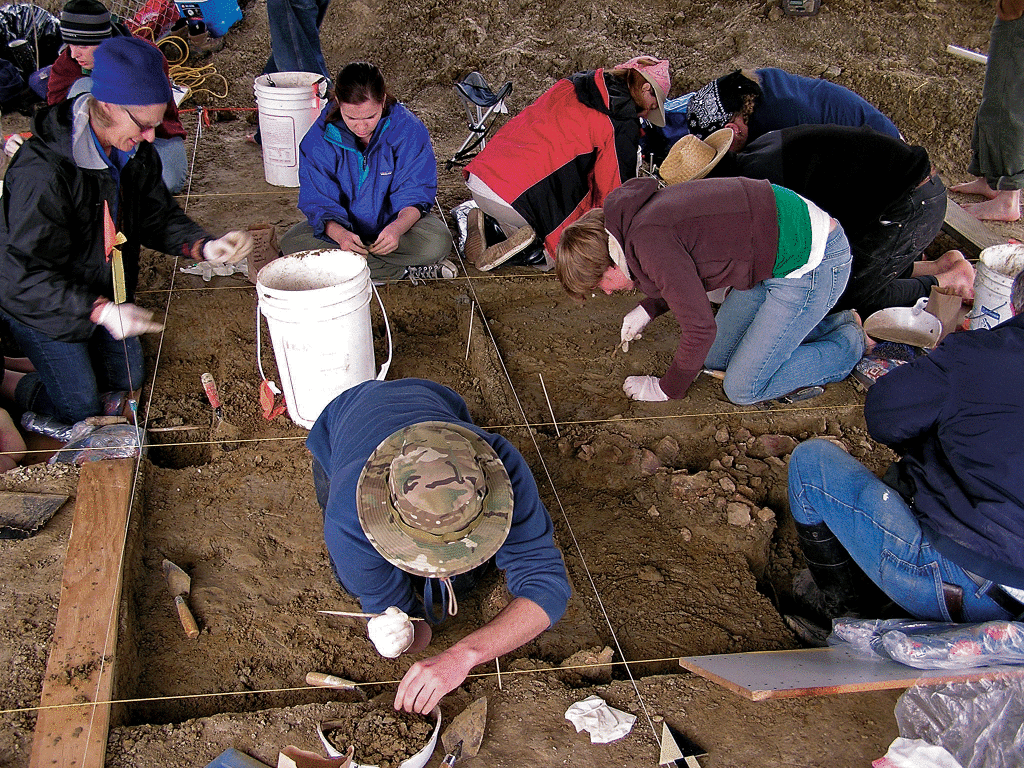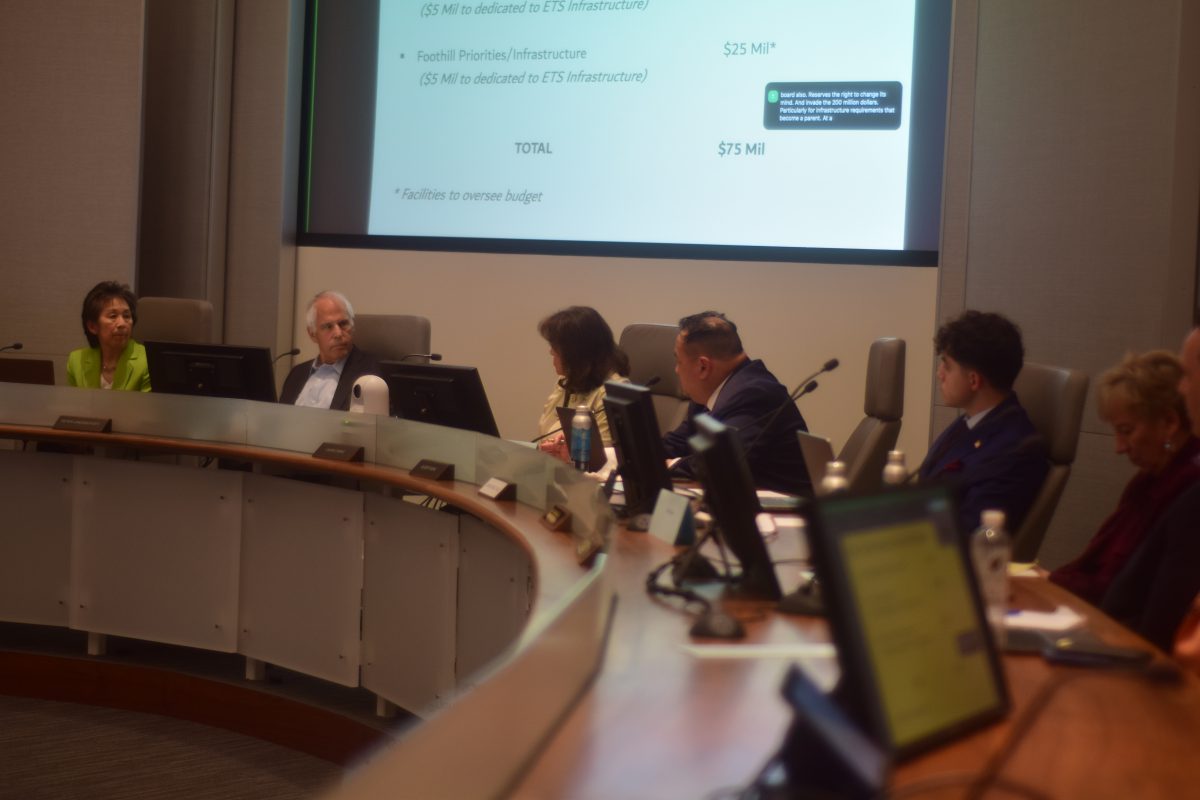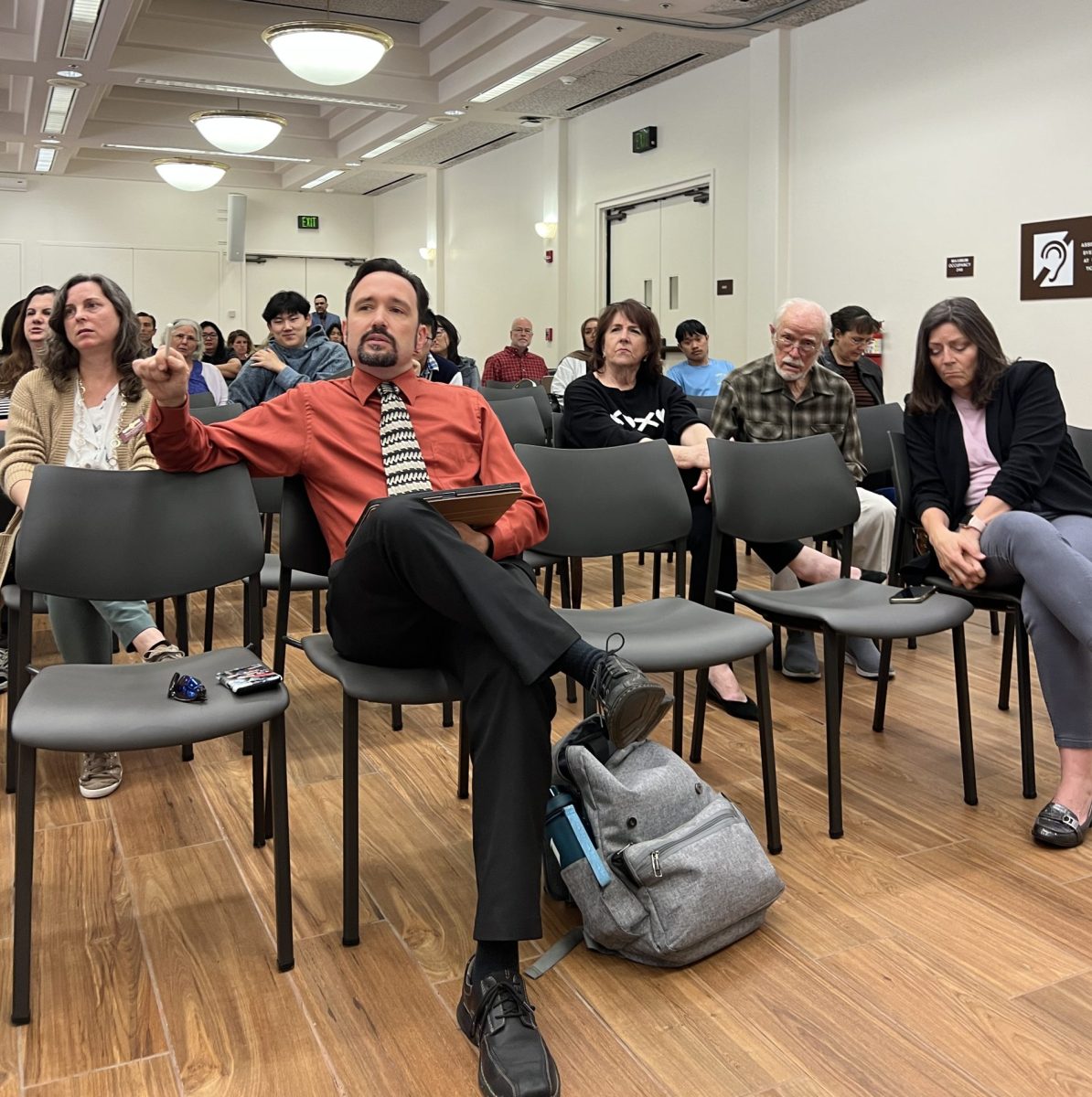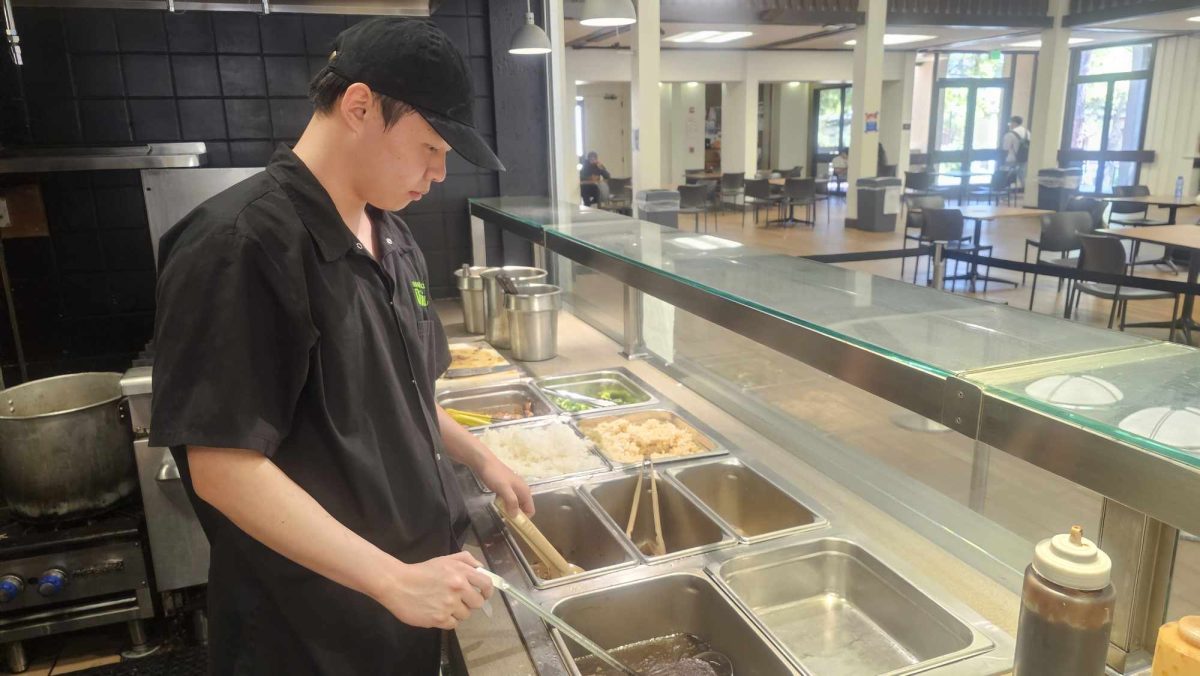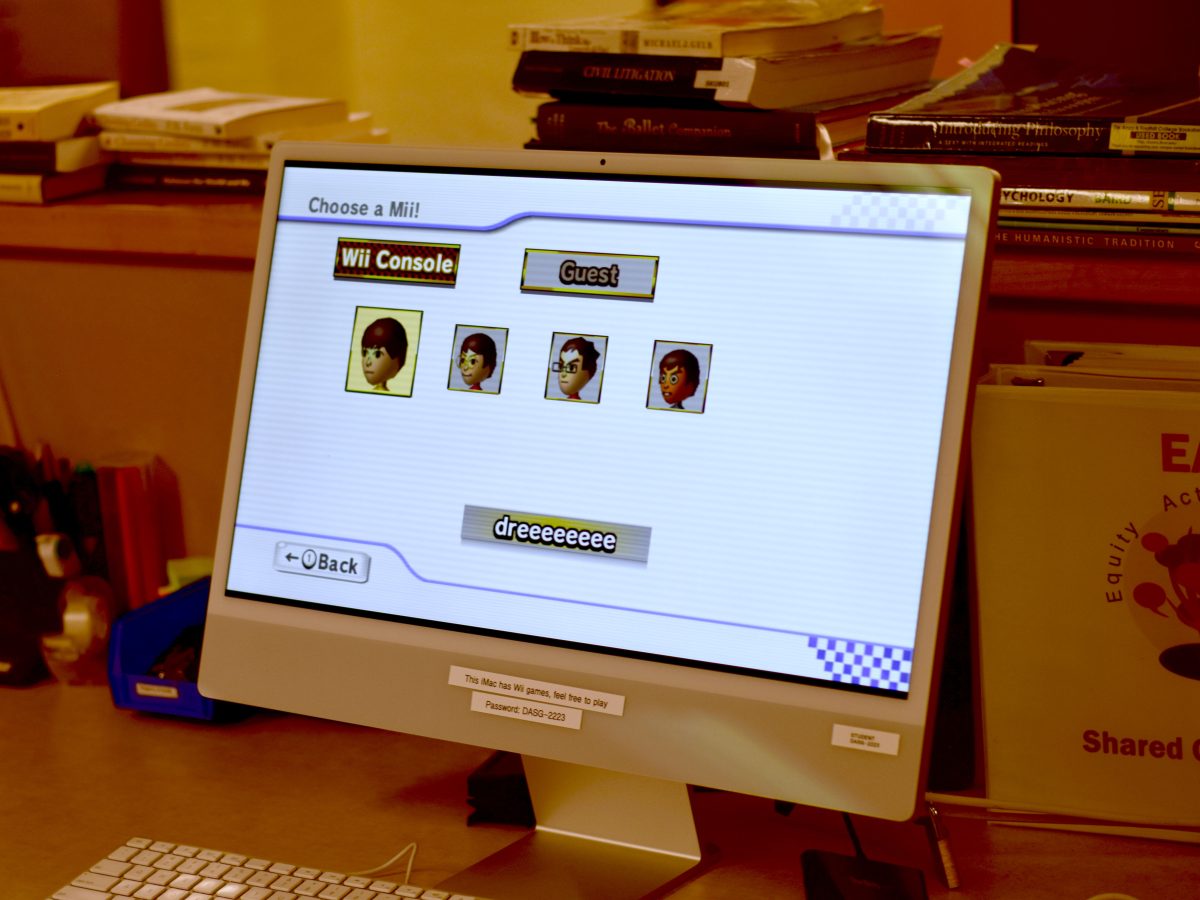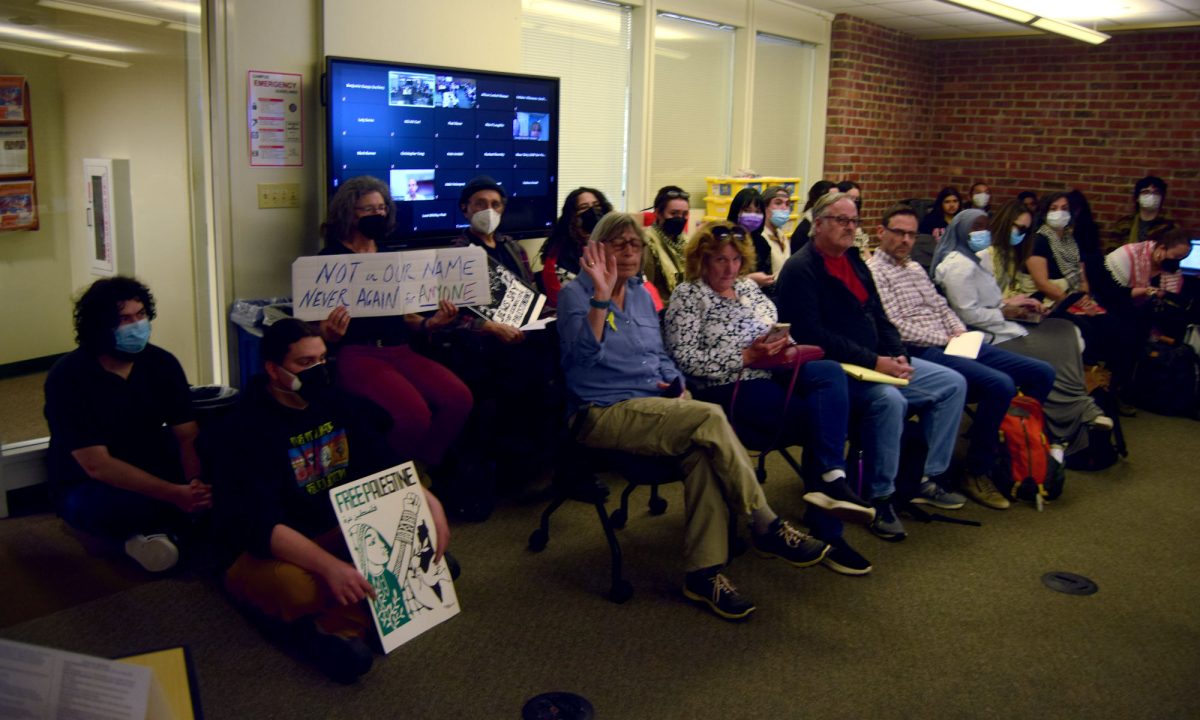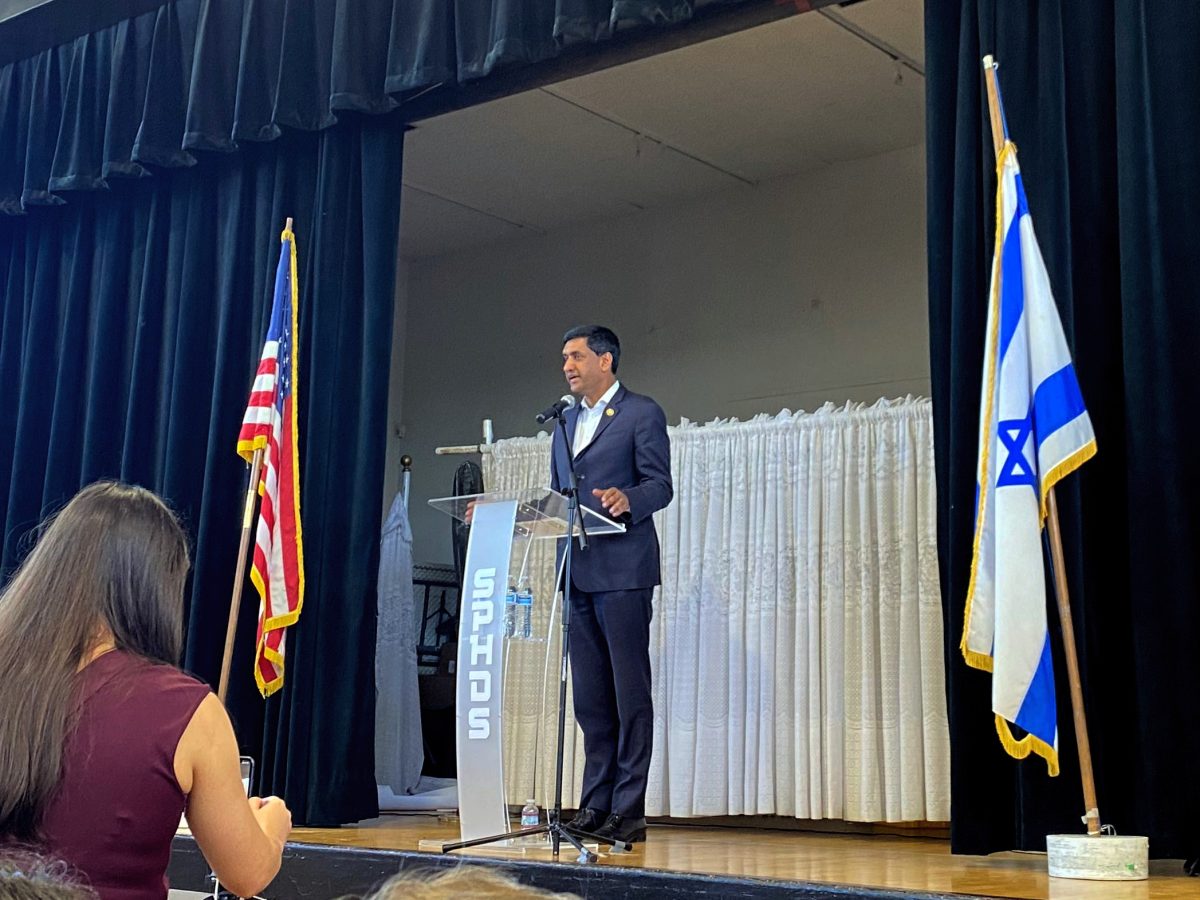Since the discovery of the Columbian mammoth, Jimmy, whose fossils that were found in Monterey County four months ago, De Anza College students have been working alongside scientists in a rare excavation that could make history, according to project coordinator and Santa Clara University faculty member Dr. Timothy King.
Students from Foothill College, Santa Clara University and San Jose State have also been working on excavating the Castroville site.
The mammoth remains were discovered in December after a farmer leveling land struck something solid and noticed what looked like bone exposed on the ground.
According to the excavation team, the land looks to have been the marsh-bed or a pond lined with muddy banks during the Ice Age.
The excavation team has uncovered about 50 percent of the mammoth including one upper limb, teeth and a tusk. Initially the team believed that the remains that were discovered were of two mammoths, a female and a child. Now they believe Jimmy is a fully-grown adult male in his late 20s to early 30s.
The bones were found on a private local farm, so the landowners own the rights to them. The family decided to name the mammoth Jimmy, after the farm’s former property owner who passed away.
The exact excavation location has not been revealed to avoid trespassing on the private property, lootings and potentially contaminating the site.
“If this is a success this will be the first time we’ll get DNA from this species.” King said. “It will allow us to identify the relation to the wooly mammoth and therefore find a common ancestor.”
Being in an anaerobic environment for several millennia, there is evidence of some mineralization to the bones, yet King believes that a rare preservation has occurred. Coarse, bristling, hairs with pigment have also been discovered and are in the process of being sent to a lab that specializes in mammoth DNA for further testing at Penn State.
Experts at Penn state are responsible for putting together the full DNA sequence for the Columbian mammoth remains and if it is successful, this will be the first time ever that DNA from this species has been collected.
His first experience working on a professional excavation, 22-year-old De Anza and Foothill studentBrendan Cote said, “It’s been everything that I’ve been hoping it to be.”
“There’s been a lot of knowledge being applied and connections between my [anthropology] classes and the project.” he said.
Cote recently decided on an anthropology major after exploring and looking at theater technology and massage therapy. His parents are both scientists, so being an anthropology major allows him to share that interest with them. His recent work on the mammoth excavation has fueled his interest in the field.
Balancing the digging with classes has not been an easy task for Cote, especially since the team works about 21 hours on weekends. However, it’s an extraordinary opportunity to work alongside zoologists, microbiologists and experts across the country, he said.
The discovery of the Columbian mammoth has garnered both state and national attention. Mammoth and mega-beast specialists from the Rancho La Brea Tar Pits in southern California visited to study the findings in Castroville. Additionally, a student from the University of Idaho, a key paleontology school in the United States, spent his spring break helping the excavation team in Castroville.
“We’re hoping to be finished within a few weeks,” Cote said.
The excavation is still underway and looks to be a long-term project according to Cote. The official plans for the remains are still under consideration and a press conference will be held once all the details of the discovery are finalized and the excavation team has a clearer picture of what they have uncovered.
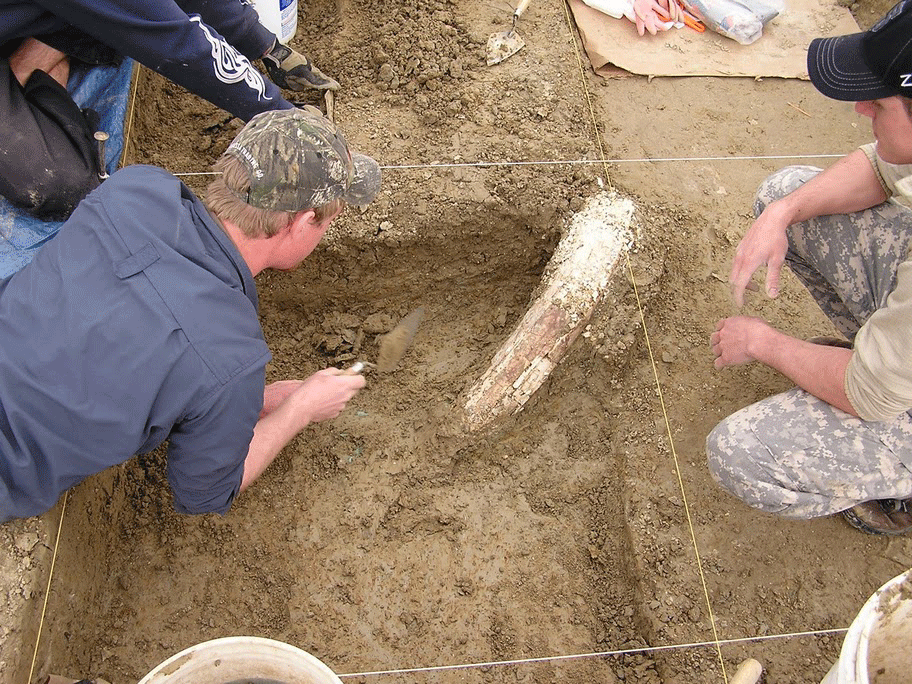
EXCAVATING – Paleontology student Jesse Ayling from the University of Idaho examines a fossil in the field. (Photo courtesy of Mark Hylkema)



